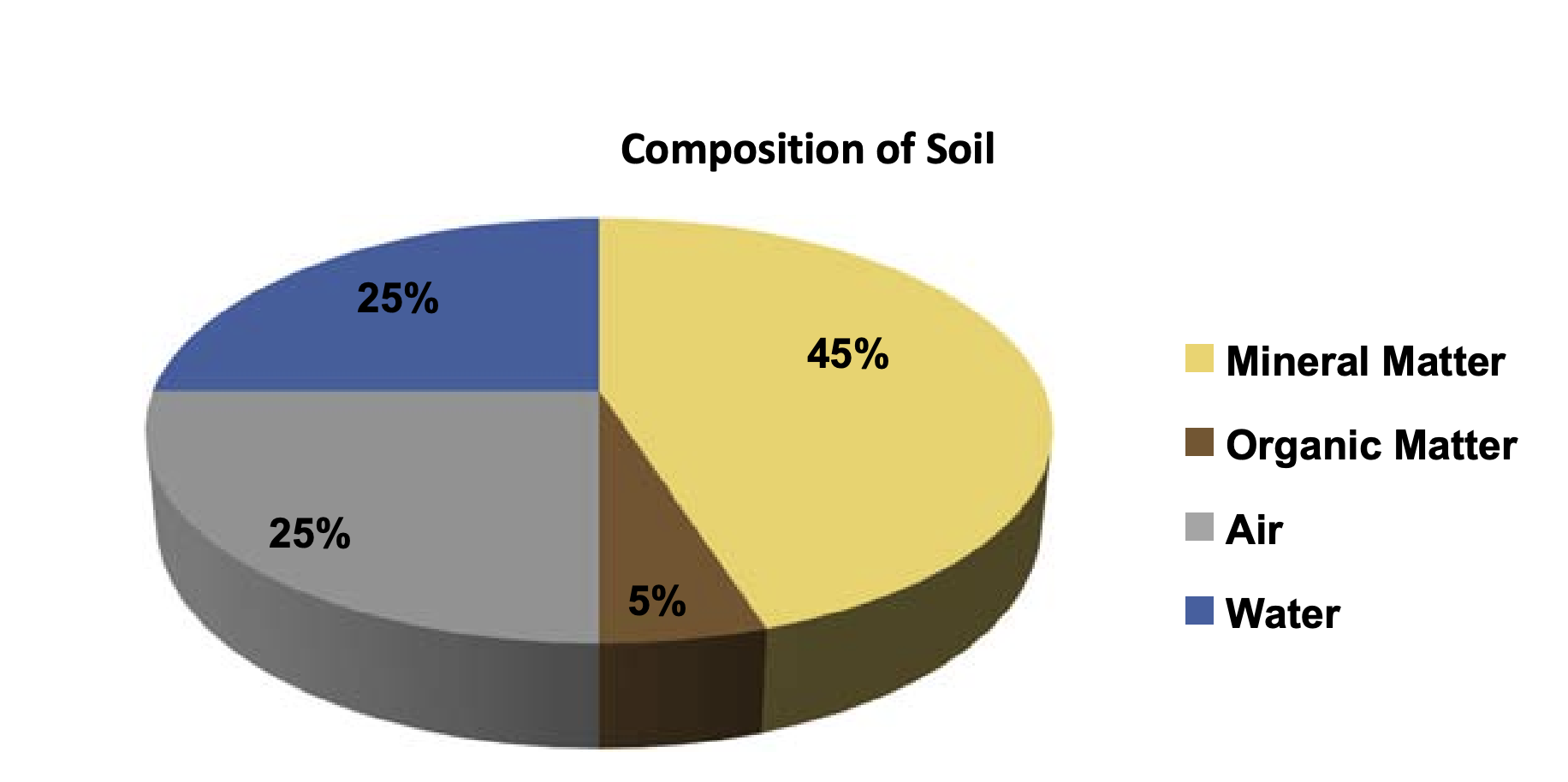Soil has many key functions in the natural processes that happen on Earth. For instance, soil plays a key role in the Earth's climate balance, regulating temperature and greenhouse gases. It is also vital to the hydrosphere, acting as a filter to purify rainwater, making it suitable for human use.
Soil provides an indispensable ecosystem for plant and animal life and contributes to biodiversity, hosting a habitat for billions of organisms and is the basis of human agricultural activities.
It is often an overlooked fact that agriculture production hinges on a very thin layer of fertile soil that covers some parts of our land, without this fertile layer agriculture would not be productive, with worrying consequences for food production.
Today, we’re facing a critical challenge, land and soil degradation, phenomena that have been caused by increased urbanisation and intense agricultural activities. To better understand what is happening to our Earth’s soils, it is useful to understand what soil actually is.
A basic but complex element: what is soil?
We walk on its surface every day but know very little about its nature and composition. Soil is composed of a mixture of inorganic particles and organic matter. A typical healthy soil consists of almost half mineral particles like gravel, sand silt and clay (45%), mixed with air (25%) and water (25%). The remaining 5 percent is composed of organic material. 4 percent of the total is made by the so-called necromass: decomposed biomass residues rich in valuable nutrients, that store nitrogen and carbon and feed plant life. The remaining 1% is the most vital core of soil and houses roots and organisms.
The most important layer of soil for agriculture is the topsoil, a belt located from 2 to 15 centimeters from the surface, as it is richest in nutrients. This property turns soil in a highly fragile “natural asset” and is the most vulnerable component.


Fig. 1: Soil Composition (Kalev et al.,2018)
The drivers of soil loss and land degradation
Soil is constantly exposed to natural erosion; wind, ice, and precipitation contribute to remove this delicate layer of nutrients, especially in extreme weather conditions found in environments hostile to plant and animal life (deserts, floodplains, polar ice, etc.)
Additionally, Climate change is worsening natural erosion, increasing desertification and causing way more extreme weather conditions.
The impact of large-scale industrial agriculture activities have also had a deteriorating effect for soils’ health in many parts of the world. FAO estimated that the rate of acceleration of erosion on arable soil - when subjected to intensive exploitation - is 1,000 times faster than under simple natural agents. Essentially, a year of industrial farming can be worth a millennium in terms of soil impact. A UN survey dated this year stated that 40 percent of the arable land on the entire planet is now in poor condition.
In the future we are going to need to produce even more food with these same diminishing natural resources. The only way to work towards this goal is to apply drastic changes in the way we farm land. Luckily innovative agricultural practices and technology can help reverse the trends of land degradation.

Reversing soil degradation through regenerative agriculture
Today there are agricultural practices that not only minimize the impact of human activities on soil, but can even revitalize it. These practices are known as regenerative agriculture: a holistic and dynamic farming approach that employs a mix of ancient and modern practices. Some of the core principles of regenerative agriculture are to minimize soil disturbance, diversify the type of crops and ensure that part of the topsoil remains covered by vegetation. Agroechology and agroforestry are a brilliant example of regenerative agriculture to keep the ground covered and protected at all times.
First, combining reforestation and agriculture significantly increases carbon sequestration in the atmosphere. The presence of trees allows farmers to avoid soil degradation while roots improve its composition and structure. Beside more intensive crops such as cereals, trees also allow farmers to diversify production with fruits and nuts. This agricultural environment is also ideal for breeding, with the possibility of grazing animals under the trees in a cool, natural environment.

The key role of technology in prevention
If regenerative agriculture heals, technology can help build a clearer picture of the changes that are happening at ground level and help prevent degradation to escalate even more.
For example, soil mapping today can count on an unprecedented level of accuracy thanks to big data. One example is WeObserve, a program sponsored by the Swiss government and implemented through the Swiss National Research Foundation. In 2022, a study has been conducted in the Urseren valley, a high-alpine valley between Italian and German Switzerland.
By collecting and analyzing aerial photographs from the early 2000s to 2016, WeObserve unveiled that the area covered by degraded soil increased from around 15 to approximately 40 hectares: an increase of more than 100 percent in just over 15 years.
Gathering large amounts of data and being able to easily interpret it allows to spot patterns and trends and make quick decisions to reserve or mitigate them. To this aim, many AgTech start-ups are working to harness the power of technology for the cause of collecting large amounts of data on soil in order to unlock useful insights to help protect this valuable resource.
At Varda, we are developing the Global Soil Program, and more specifically the Soil Knowledge Platform that collects data on soil health, providing insights and enabling data sharing to create a holistic understanding of the state of the soil. By making this information available, the Soil Knowledge Platform wants to provide a tool for individuals, organizations and companies to make better decisions regarding land management.
What is SoilHive?
Discover more about our other service SoilHive and how it can revolutionize collaboration in the Food & Ag industry and enhance soil data accessibility. Explore more at:




